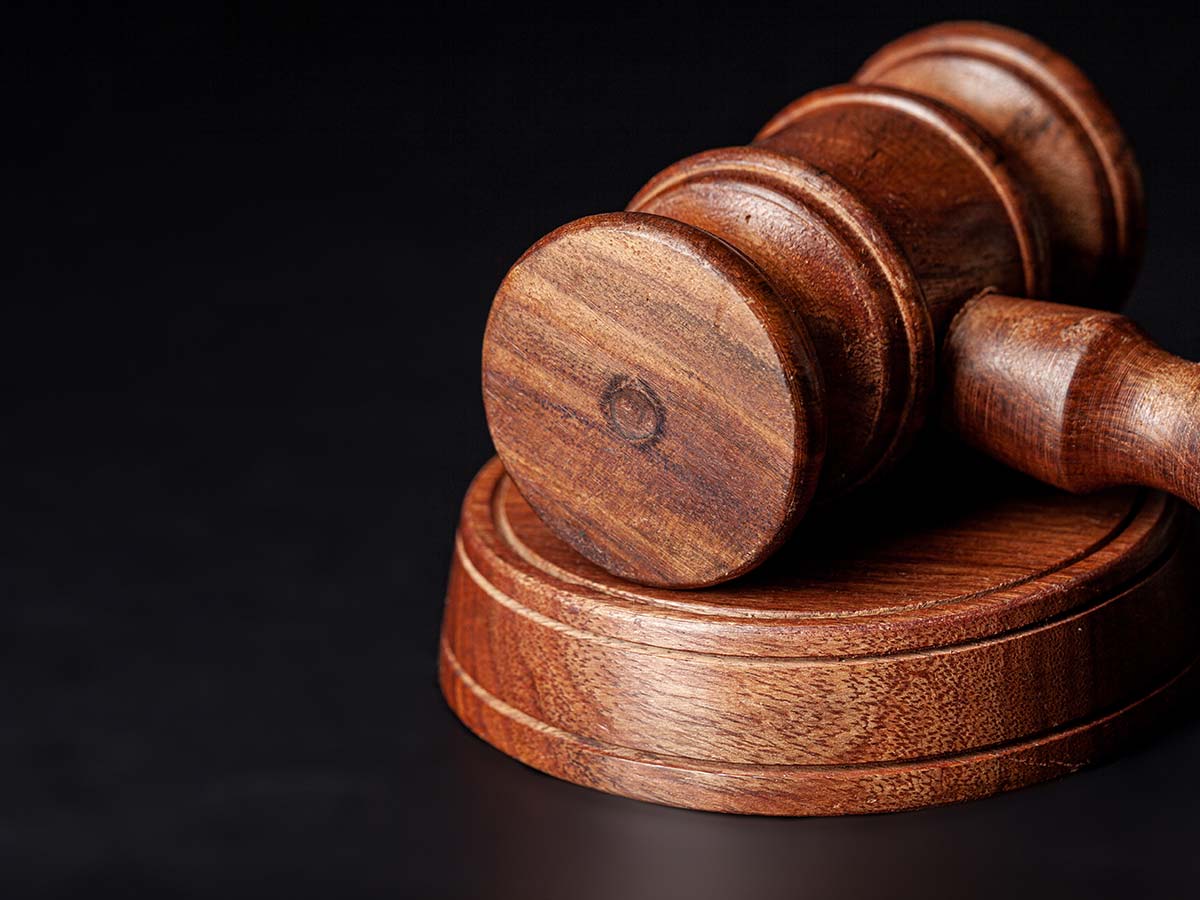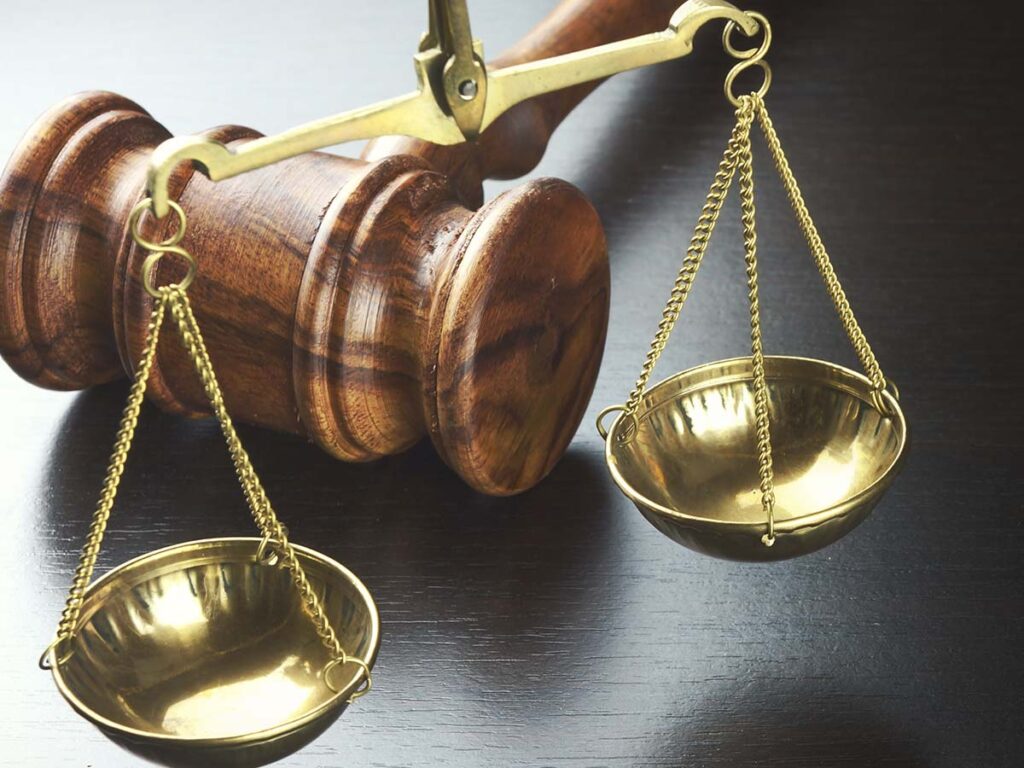Emotional distress damages in personal injury lawsuits are a critical aspect of seeking justice and compensation for psychological harm resulting from incidents such as accidents. These damages aim to compensate victims for the mental suffering and emotional trauma they endure, which can include conditions like anxiety, depression, or post-traumatic stress disorder (PTSD). Understanding emotional distress in personal injury law is essential for victims, as it encompasses non-economic damages that recognize the profound impact of psychological injuries, often independent of physical harm.

Defining Emotional Distress in Personal Injury Law
Emotional distress in personal injury law refers to the psychological and emotional injuries that a victim endures following a traumatic event. Unlike physical injuries, serious emotional distress encompasses non-physical impacts such as anxiety, depression, and post-traumatic stress disorder (PTSD). These forms of mental suffering can significantly alter a victim’s quality of life, making it essential for the legal system to recognize and address these harms.
Courts acknowledge that emotional distress can be as debilitating as physical injuries, if not more so. Emotional distress claims fall under the category of non-economic damages, which are intended to compensate victims for intangible losses. These damages are subjective and often difficult to quantify, posing a unique challenge in personal injury cases. Nonetheless, they are crucial for ensuring that victims receive comprehensive compensation for their suffering.
In many states, including California, emotional distress claims can be made independently of any physical injury. This means that even if a victim has not sustained physical harm, they can still pursue compensation for the emotional trauma they have experienced and may have suffered emotional distress. This recognition underscores the importance of emotional well-being and the need for legal redress in cases of severe emotional distress.
Types of Emotional Distress Claims
Emotional distress claims can be broadly categorized into two main types: Negligent Infliction of Emotional Distress (NEID) and Intentional Infliction of Emotional Distress (IIED). Both types address the emotional harm inflicted on victims but differ in the nature of the defendant’s actions and the legal requirements to prove the claim.
NEID occurs when a defendant’s negligent actions cause emotional distress to the victim. This type of claim often requires that the distress was a foreseeable result of the defendant’s conduct and that the victim was within a ‘zone of danger’ during the incident. A bystander witnessing a car accident involving a loved one may suffer emotional trauma and can file a NEID claim if they were in immediate danger.
On the other hand, IIED involves actions that are extreme or outrageous, with the intent to cause severe emotional distress. Unlike NEID, IIED does not necessitate physical harm for the claim to be valid. The plaintiff must demonstrate that the defendant’s conduct was so egregious that it went beyond the bounds of decency and caused significant emotional suffering. This type of claim is particularly relevant in cases involving bullying, harassment, or other forms of intentional misconduct.
Bystander claims are another important aspect of emotional distress lawsuits. These claims allow individuals who witness a traumatic event, such as the injury or death of a loved one, to seek compensation for the emotional distress they suffer. This recognition of secondary trauma highlights the broader impact of emotional harm beyond direct victims.
Legal Framework for Emotional Distress Claims in Southern California
In Southern California, the legal framework for emotional distress claims is governed by personal injury law, which allows for recovery even in the absence of physical injury. This progressive approach ensures that victims of emotional trauma receive the compensation they deserve, recognizing the profound impact that emotional suffering can have on their lives.
One of the critical aspects of filing an emotional distress claim in California is the statute of limitations. Generally, victims have two years from the date of the incident to file a claim. This timeframe is crucial, as failing to file within the statute of limitations can bar the victim from seeking compensation. This period can vary in other states, typically ranging from one to six years.
The legal process for emotional distress claims involves several steps, starting with filing the claim and serving the defendant. Following this, trial preparations begin, including the discovery process, where both parties gather evidence to support their case.
In many jurisdictions, mediation or arbitration may be required before proceeding to trial, offering an opportunity for resolution without the need for a court hearing. Personal injury attorneys advocate for the victim’s rights and work to ensure fair compensation throughout this process.
Proving Emotional Distress in Court
Proving emotional distress in court requires a meticulous approach, as the intangible nature of emotional harm makes it challenging to substantiate. Essential documentation, such as records of therapy sessions, personal journals, and medical documentation detailing emotional symptoms, plays a pivotal role in building a strong case.
A crucial element in proving emotional distress is establishing a clear connection between the defendant’s actions and the plaintiff’s suffering. This means demonstrating that the emotional harm directly resulted from the incident caused by the defendant. Without this link, the claim may fail to convince the court of its validity to prove emotional distress.
Expert testimony from mental health professionals is often indispensable in emotional distress cases. These experts provide objective evidence by evaluating the plaintiff’s psychological state and confirming the severity of the emotional distress. Their professional opinions substantiate the claim, enhancing its credibility and persuasiveness to judges and juries.
Calculating Emotional Distress Damages
Calculating emotional distress damages involves assessing the extent of the victim’s emotional harm and its impact on their life. One common method used is the multiplier method, which combines economic damages with a factor typically between 1.5 and 5 to arrive at a final amount. This approach considers the severity of the emotional distress and its effects on daily life.
Several factors influence the determination of emotional distress damages, including the severity of psychological harm, the impact on the victim’s daily activities, and the costs of ongoing treatment. Judges and juries also consider the extent of emotional suffering and the direct connection between the distress and the defendant’s actions.
Real-life examples highlight the potential value of emotional distress awards. For instance, a wrongful termination case resulted in an award exceeding $6 million for emotional distress, while another case involving intentional infliction of emotional distress led to a $5.7 million verdict. These cases illustrate the significant compensation that victims can receive for their emotional suffering.
The Role of Expert Testimony
Expert testimony is a cornerstone of substantiating severe emotional distress claims. Mental health professionals and psychologists provide objective evidence that helps to illustrate the psychological impact of the emotional distress experienced by the victim. These experts validate claims by offering professional opinions on the victim’s psychological suffering, thereby enhancing the credibility of the emotional distress claim.
Their testimony can detail the extent of emotional trauma, its effects on the victim’s daily life, and the need for ongoing treatment. Furthermore, expert testimony can significantly bolster the case by converting subjective experiences of emotional distress into more tangible, credible evidence for the court. This objective perspective is crucial in convincing judges and juries of the validity and severity of the claims.
Impact of Emotional Distress on Daily Life
Emotional distress can profoundly impact a victim’s daily life, manifesting in various mental health issues such as PTSD, anxiety, depression, and mental anguish. These conditions can disrupt normal functioning, leading to severe anxiety, nightmares, and panic attacks.
The psychological impact of emotional distress often extends to the victim’s relationships and overall quality of life. For instance, those suffering from PTSD may experience flashbacks and feelings of detachment from loved ones, further complicating their emotional recovery. Persistent negative emotions such as guilt and fear can also take a toll on a victim’s mental well-being.
Mental health professionals play a crucial role in managing the long-term effects of emotional trauma. Their expertise can help clarify the ongoing impact of emotional distress on the victim’s life and provide necessary treatment and support. This ongoing support is essential for victims to regain a sense of normalcy and improve their quality of life
Seeking Legal Help for Emotional Distress Claims
Understanding emotional distress damages in personal injury lawsuits is crucial for victims seeking justice. This guide has explored the definition of emotional distress, the types of claims, the legal framework in Southern California, and the importance of proving and calculating these damages. Real-life case studies highlight the potential for significant compensation, emphasizing the need for expert legal assistance.
If you or a loved one has suffered emotional distress due to someone else’s negligence or intentional actions, do not hesitate to seek legal help. Contact experienced personal injury attorneys like Kohan & Bablove to ensure that your rights are protected, and you receive the compensation you deserve.
Frequently Asked Questions
What is emotional distress in personal injury law?
Emotional distress in personal injury law encompasses psychological and emotional injuries, such as anxiety, depression, and PTSD, suffered by a victim as a result of an incident. It is a critical component of claims that seek compensation for the impact of such distress on an individual’s life.
What are the types of emotional distress claims?
The two primary types of emotional distress claims are Negligent Infliction of Emotional Distress (NEID) and Intentional Infliction of Emotional Distress (IIED). Understanding these distinctions is crucial for pursuing legal action.
How can one prove emotional distress in court?
To prove emotional distress in court, it is essential to present documentation such as therapy records, personal journals, and expert testimony from mental health professionals. These elements collectively substantiate the claim and enhance its credibility.
How are emotional distress damages calculated?
Emotional distress damages are typically calculated using methods like the multiplier method, which considers the severity of emotional harm and its impact on daily life. This approach ensures that the awarded damages appropriately reflect the individual’s distress and its consequences.
Why is it important to consult a personal injury attorney for emotional distress claims?
Consulting a personal injury attorney for emotional distress claims is essential as they expertly navigate legal complexities and negotiate with insurance companies to secure fair compensation. Their expertise significantly enhances the chances of a successful outcome in your case.






